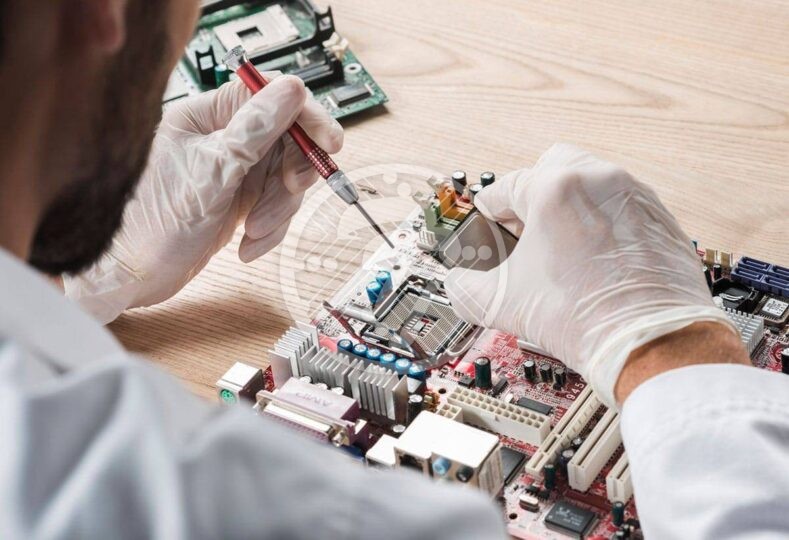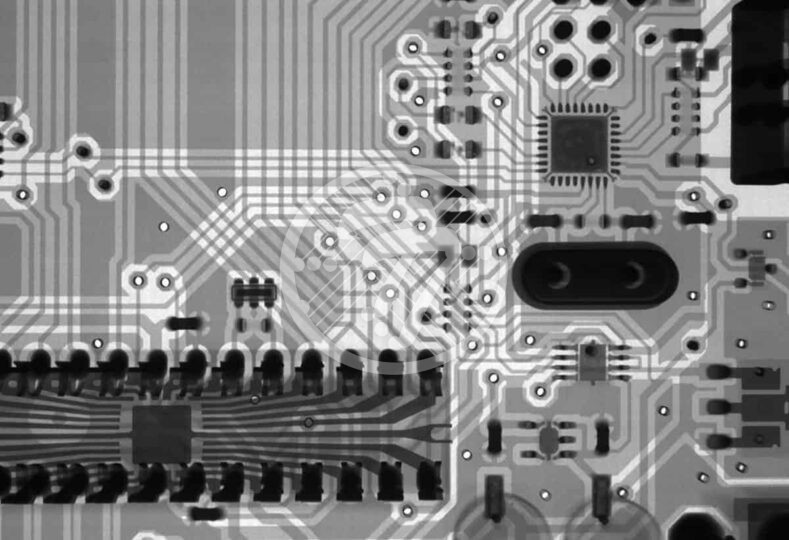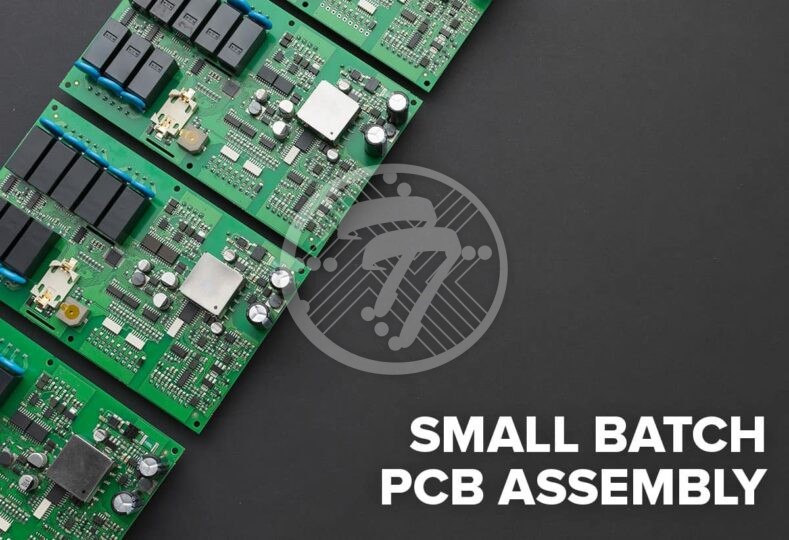Why Start-ups or Small Businesses Should Choose Full Turnkey PCB Assembly?

There are several significant advantages for a full turnkey PCB Assembly for businesses of all sizes & scales. After all the convenience of outsourcing a crucial part that enables smooth running of your product is sizeable. However when it comes to start ups and small businesses, the advantages that accrue from choosing a turnkey PCB supplier, can have a significant strategic business impact.
What is Turnkey PCB Assembly?
Before looking at some of the advantages, it will be worthwhile to define what full turnkey PCB Assembly actually implies. Simply put, turnkey PCB assembly means that the PCB supplier takes care of all aspects of the PCB project. This would mean procurement of components, manufacturing and assembly. The right electronics contract manufacturer with an experienced team and wide variety of capabilities will classify cost-effective and responsive communication practices. There are two types of turnkey PCB assembly available including full turnkey PCB assembly and partial turnkey PCB assembly. Additionally, A full turnkey PCB assembly can be your best investment compare to partial or consigned assembly.
As per increasing demand and complexity, most of electronics contract manufacturers allow users to select types of PCB assembly, low to medium and high volume production, customization and services. If you are looking at a new launch, new product prototype, a low volume PCB assembly can be your absolute choice. Alternately, you can contact small batch PCB manufacturer who produce small batch PCB quickly and affordably without sacrificing on quality. If you are looking at entering in the market at some certain scale, your requirements of circuit boards must be higher than usual. High volume PCB assembly finds their application when your production is ready to take off the market. It can also benefits with faster turnaround time and cost-effective service. In a full turnkey PCB assembly, customer needs to send design files to manufacturers; the rest part from parts procurement to assembly would be taken care by your turnkey PCB assembly manufacturer.
Advantages of Full Turnkey assembly for businesses:
Time saving
With a turnkey manufacturer taking care of the entire PCB Assembly, the obvious advantage that accrues is in terms of saving the client team precious time to focus on other aspects of business, one in which their expertise lies. As a client, you need not spend time and energy looking for individual component cost effective quotes, undergoing the hassle of procuring them and then putting all of them together efficiently. This is also efficient from the cost standpoint as turnkey services are priced far more effectively as bundled services.
Proof of Concept
Ever so often, a professional proof of concept can go a long way in garnering investor interest. Turnkey PCB Assembly providers ensure that you get high quality boards without having to assemble them yourself, thus leaving you with precious time. What you get from turnkey manufacturers is also the fact that they deliver finished, professional looking boards with your company name and logo that adds to its look & feel. Also particularly if you are using surface mount components, manufacturers use automated placement, which is extremely hard to do by hand particularly when the components are small in size. The high quality final product goes a long way in inspiring confidence in investors that you are ready to start mass production.
Helps identify problems at the outset
A major advantages of turnkey PCB Assembly at the prototype stage, is also that any problems can be identified early. In fact once you share a netlist file with the turnkey manufacturer he will be able to point out errors, if any. These errors can then be corrected in the design stage itself, instead of making costly changes later once you are ready to roll your entire production or worse still when you have already done the production and need to make changes.
Better management
significant advantage with Turnkey assembly is also the fact that you do not have to deal with multiple vendors. This has many advantages other than time saving. What you are also saved of is the possibility of miscommunication when you are dealing with multiple vendors. With a turnkey supplier, you are likely to have a single point of contact, which makes the process seamless. With delivery timelines being of utmost importance, the slightest miscommunication between vendors can turn the entire timeline awry and lead to costly repercussions. With a turnkey supplier, peace of mind is a given as the entire accountability of timely delivery lies on them.
Helps in estimate PCB manufacturing costs
If there is one skill that is imperative for a start up, it is that of accurate financial planning. This is also something that can be done well using the services of a turnkey supplier. In fact the early prototype cost can go a long way in estimating your future manufacturing costs. Since unit costs are higher, simply indicating the quantities you require can get the turnkey provider to give you the costs. In fact more often than not, manufacturers can also quote effective costs if you indicate the number of units you need per month instead of one large batch, as you may not want to do one large production run at the very outset. Turnkey supplier also give you the advantage of combining several small orders into a large one and therefore help you enjoy economies of scale, that could independently not be available to you.
Turnkey manufacturer provides additional services
Turnkey suppliers also often offer additional services that could include inventory & shipping among other things. For small businesses and start ups the importance of these services cannot be overstated, as you do not have to expend time, energy and manpower on these aspects and can keep your costs under check and thereby offer you competitive advantage.
At Technotronix, we have over 4 decades of experience in offering high-quality custom boards. Our state-of-the-art machinery and experienced manpower can offer you products that are way ahead of the curve. Additionally, we have a huge vendor network when it comes to sourcing components. What that means for you, is that we offer you high quality products with a quick turnaround time and at optimal costs. A range of clients across industries have gained a competitive edge with our turn key PCB Assembly, California with our consistent delivery of high-quality, on-time, price-competitive products.
You can use Complete or full Turnkey PCB Assembly quote request form and submit information. Alternatively, you can email us BOM and Gerber files along with information of Complete PCB Turnkey Assembly volume and type of Turnkey PCB Assembly testing requirements you might have on [email protected] or call us on 714/630-9200 in case any other clarification is required in respect to our Full or Partial Turnkey PCB Assembly services.









